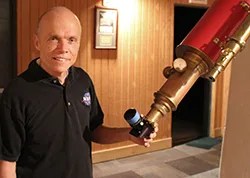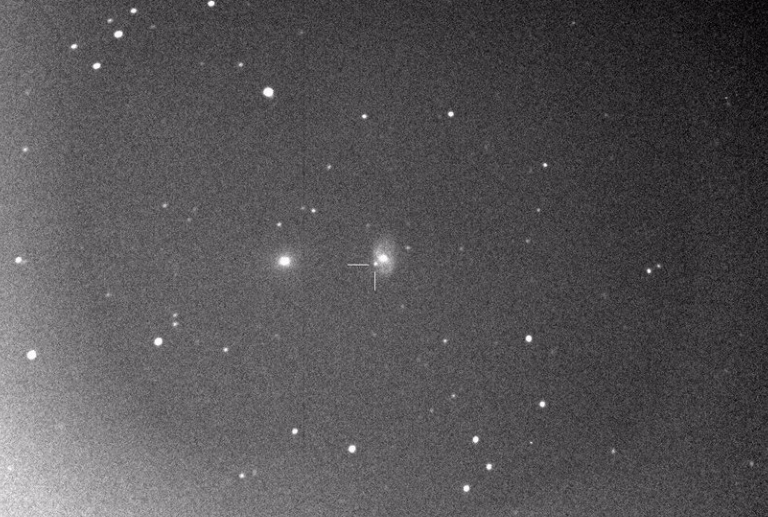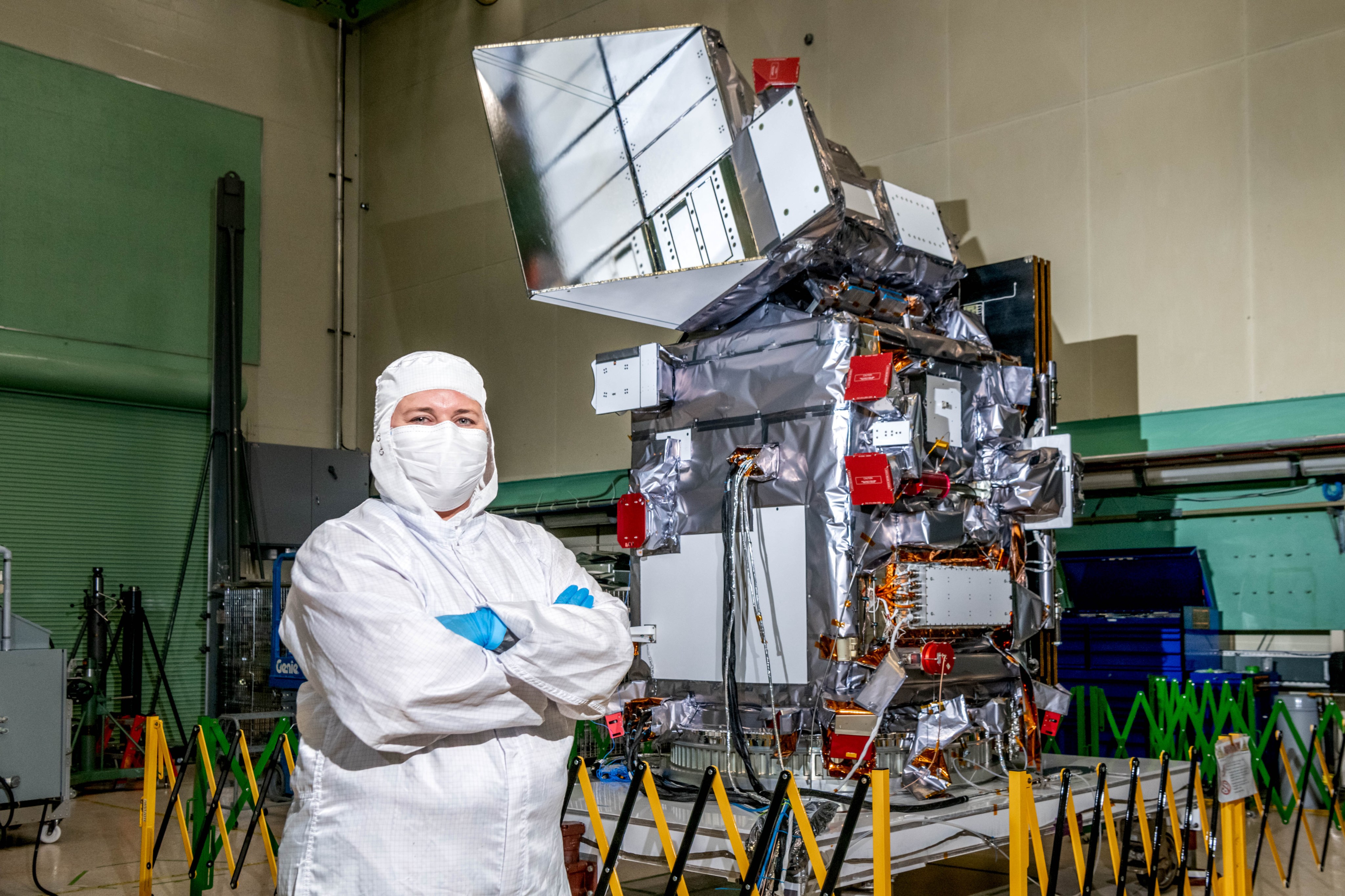2 min read
Location

West of Salt Lake City
What kind of citizen science do you do?
Supernova searches and minor planet astrometry and photometry. The latter two most recently as part of NASA’s OSIRIS-REx mission.
I used to be big into minor planet searches but that’s become increasingly difficult in recent years because the “big guys” have much bigger and better equipment.
Why do you do citizen science?
I joke that insanity plays a role in it. I mean isn’t doing the same thing again and again and expecting a different result the definition of insanity? Well, that’s the very definition of supernova searching, where you look at the same galaxies again and again, hoping to find something new.
But on the serious side there is a lot of satisfaction in knowing that I am contributing in my own small way to the ever-expanding body of science knowledge.
What’s your day job?
I’ve been mostly retired since 2002 (I worked 26 years at the late, great Hansen Planetarium in Salt Lake City). But I do have a couple of part time gigs. One is flying skydivers for Skydive Utah (I’ve been a pilot and skydiver since the 1960s). The other is doing physics and astronomy talks in the local elementary schools as part of the University of Utah’s Department of Physics & Astronomy outreach program.
I (also) volunteer for JPL’s Solar System Ambassador program and for the local astronomy club (Salt Lake Astronomical Society).
What’s your favorite contribution you’ve made?
I can’t say that there is a favorite. I suppose the most exciting was the co-discovery with my then-wife, Dr. Holly Phaneuf, of our first minor planet. That was wild.








